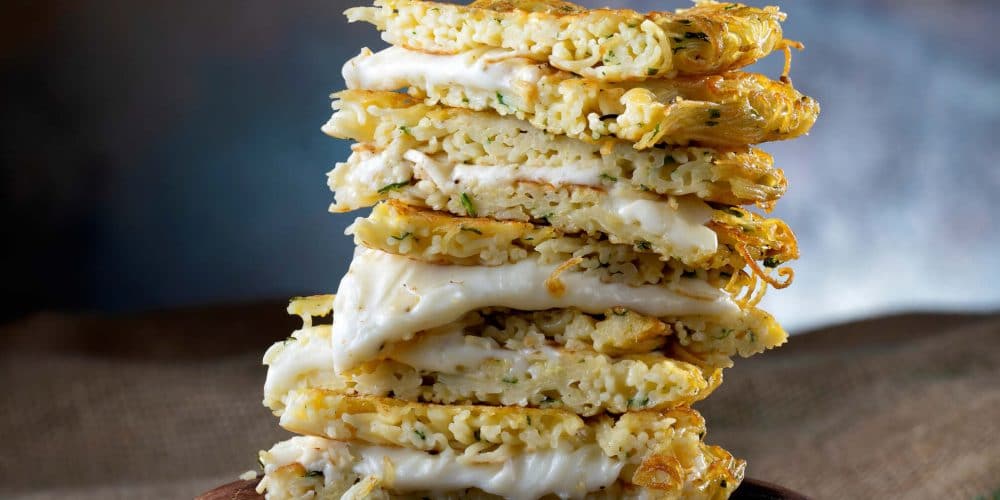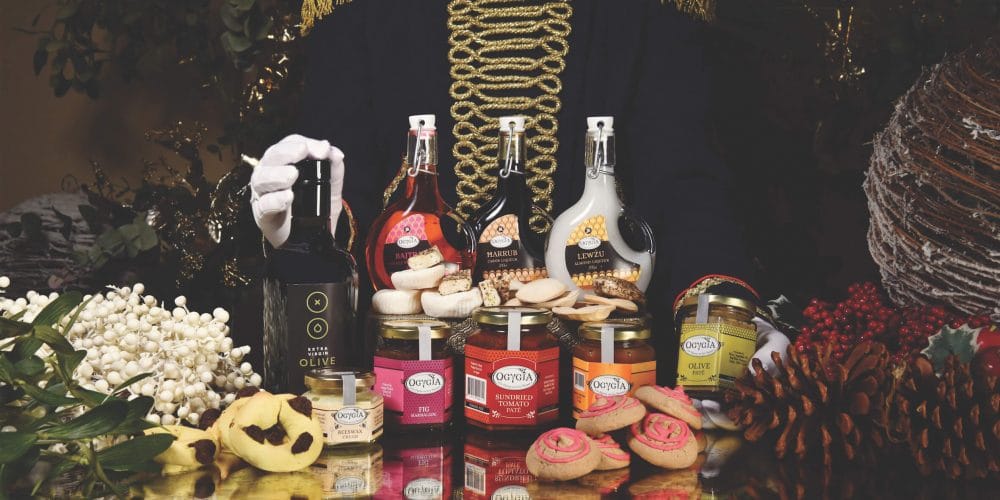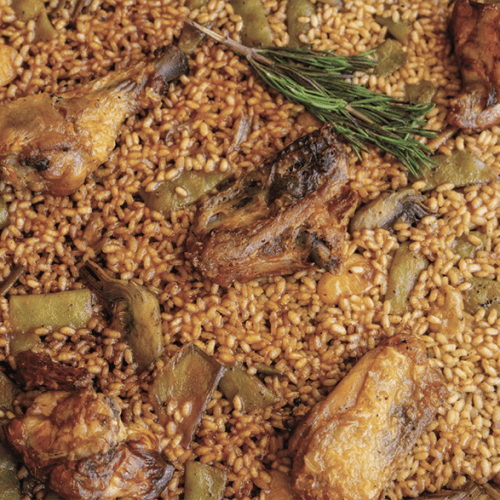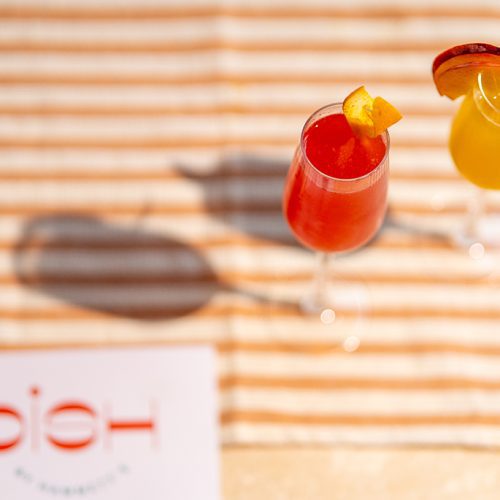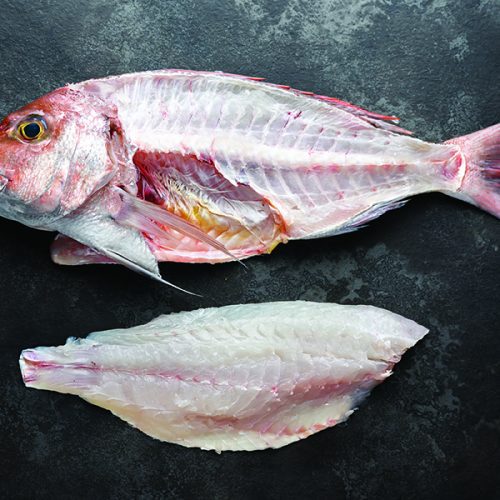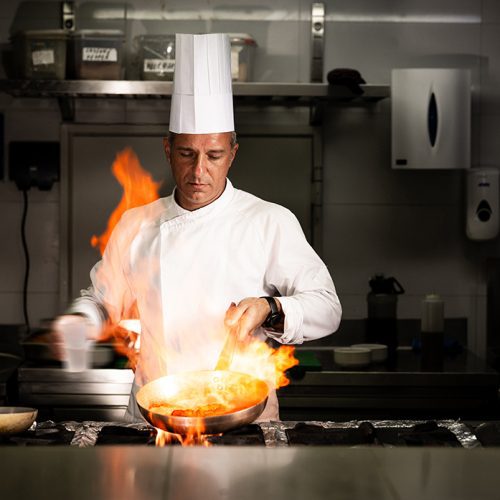The guys at Upper foods, an Italian food market concept store, walk us through curating the perfect charcuterie and cheese platter. With Christmas around the corner and a festive sense in the air it is the perfect opportunity to spoil yourselves with some delectable treats.
Beautiful products are befitting of serving pieces that will enhance them whilst also looking stylish. Served showcases artist Michela Mifsud of ClaybyMi who has created these beautiful serving boards to bring an extra touch of class to this sumptuous spread.
Upper Food provides artisanal produce from quality sources and celebrates good food and wine as an integral part of life, to be savoured, not rushed. Entertaining doesn’t have to be tedious. It can be as simple as putting together some excellent products, sitting down and taking your time to enjoy the flavours, tastes and good company.
Here are a few pointers towards achieving a perfectly designed Winter Italian Board that will take you minutes to put together, leaving you with plenty of time to savour it. We take a closer look at the artisanal products on the boards and their function in the spread.
Contrasting visuals: Inevitably, the first thing that attracts the eater before tucking in is the aesthetic of a plate. Create different heights by positioning cheese at various levels and twisting hams as you would style cloth. Break up similar colour tones either by placing them on opposing sections or splitting them up with other elements. Pick striking products like the bright red, fiery Calabrian Spianata Picante or the Pecorino al Pistachio di Bronte with its tantalising green coating. Choose products with interesting shapes like the Treccia di Mozzarella to immediately draw the eater in and charcuterie of different diameters.
Keep it balanced: This starts by having a relatively equal selection of charcuterie to cheeses. But it also refers to the elements themselves. You want every reach into the board to be exciting and each corner eaten at a similar speed. This wouldn’t be the case if you picked 3 aged, hard cheeses and only one softer one. The softer cheese would disappear in minutes leaving a more monotonous selection that will slow the pace.
Contrasting textures: Whether it is a platter or a salad that you are tucking into to, the palette gets bored easily. It wants every bite to bring a little bit of excitement. This is easily done by choosing charcuterie and cheese that offers a variety of textures. In this platter for example the beautiful Pecorino Stagionato Nella Cenere from C’Era una Volta, is hard, full of delicious salt crystals that then melt on the tongue. This is in stark contrast to the much softer, creamy Taleggio or the medium-firm, yet crumbly Ricotta di Pecora Infornata.
Similarly, when it comes to the charcuterie the Salsiccia Secca has a much firmer texture than the Mortadella Tartufo. The Salami engages the mouth more whereas the Mortadella just melts. The Prosciutto di Parma, a staple on any platter for a reason, presents a happy middle ground. Any nuts will give a nice crunch contrast whereas the olives give squishy bursts of acidity to keep the palette guessing.
Contrasting flavours: Believe it or not it is possible to get bored of even the most beautiful ham if there is nothing to compare it to. The unctuous flavours of the Mortadella Tartufo are starkly different to the seriously spicy Spianata Piccante. On this note, it is always good to leave the spicier elements for consumption at the end as they may mask the flavours of more delicate products.
The young Pecorino al Pistachio di Bronte is sweet, fresh with strong flavours of milk which contrasts greatly with the aged Pecorino ripened in ash with its mature, rich taste. Equally, the Ricotta di Pecora Infornato and the Mozzarella, although both considered more as fresh cheeses in comparison to the others, are strikingly different. The ricotta, one of the ancient cheeses has a strong smell of whey and a noticeable underlying smoky flavour whereas the mozzarella is pure milky freshness.
Add preserved elements: There is no need to go overboard with too many items, but a couple of preserved elements add welcome pockets of acidity that break up the richness of the charcuterie. Some good quality olives and something pickled, for example in this case caper berries refresh the palette inviting you to go in for more.
Add a sweet factor: On this board the Tin Tac-Cappa introduces a sweet element as well as a little taste of home. The sweet, dried figs pair tremendously well with the sharper cheeses like the Pecorino Stagionato and the Taleggio. There is also a reduced balsamic that works incredibly with the Treccia di Mozzarella. There are no hard and fast rules. Honey and dried fruits are frequently found on cheese boards. The emphasis should always be on the main products whilst the rest are supporting elements, so avoid crowding a board with a ton of dried or fresh fruit that overwhelms the products.
You’ll hardly know where to start when choosing from the wide selection at Upper Foods but with these tips and their focused attention to quality you can’t go wrong!


